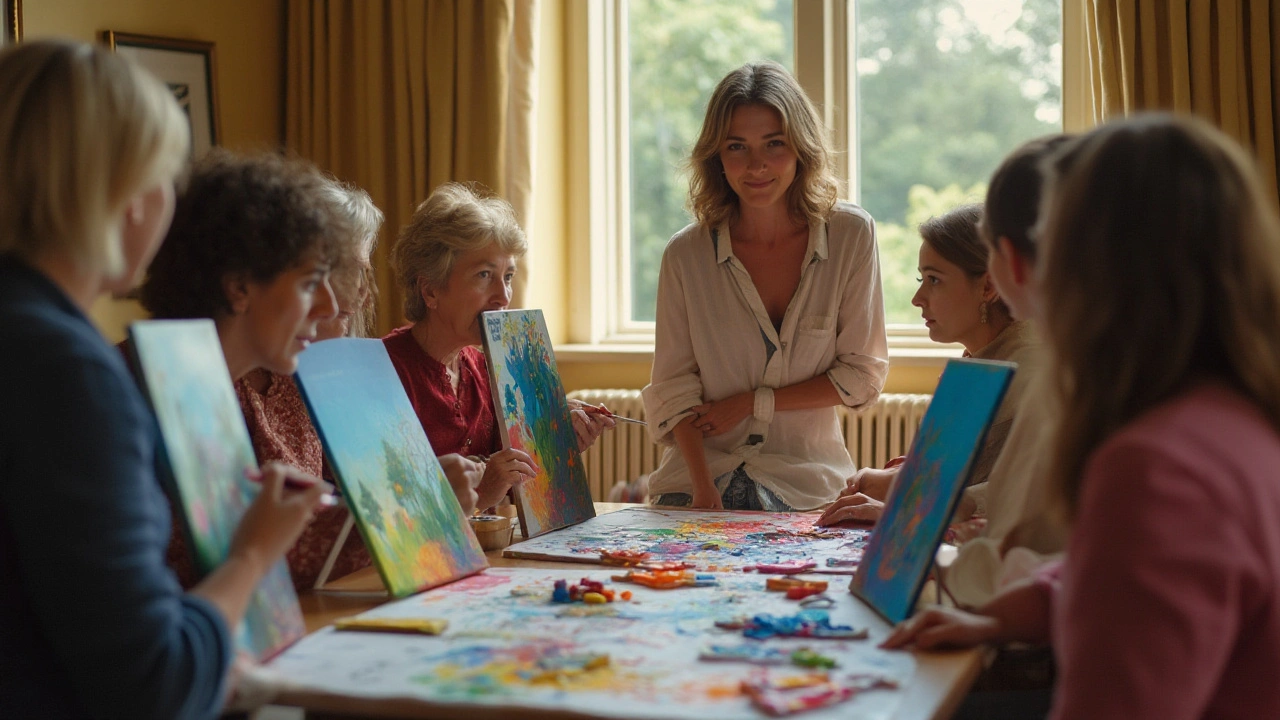You don’t need a degree to use therapy techniques that actually help. Whether you want less anxiety, better sleep, or sharper focus, small, repeatable methods make the biggest difference. Below are clear, practical tools you can try in minutes.
Box breathing: Inhale for 4, hold 4, exhale 4, hold 4. Repeat 4–6 times. Do it before a meeting or when your chest feels tight. It lowers heart rate and clears your head fast.
5-4-3-2-1 grounding: Name 5 things you see, 4 you can touch, 3 you hear, 2 you smell, 1 you taste. Use this when worry spirals—it's simple and brings you back to the moment.
Progressive muscle relaxation: Tense one muscle group for 5–7 seconds, then release for 10–15 seconds. Start at your feet and move up. It helps sleep and unwinding after a long day.
Mindful breathing: Pick a cue—like your morning coffee—and spend one minute focusing only on breath. Notice inhale, exhale, and let thoughts pass. Short, consistent practice builds focus more reliably than long, rare sessions.
Guided imagery: Close your eyes and picture a calm place in vivid detail—sounds, smells, textures. Spend 2–5 minutes there whenever you need emotional reset. It’s a fast mental break that reduces stress hormones.
Biofeedback basics: You can use a simple heart-rate app or wearable to watch your breath affect your pulse. Try slow breaths and watch the graph smooth out. Seeing real-time change trains your body to relax faster.
Creative arts therapy: Draw a ‘safe place’ scene for 10 minutes or make a short playlist that reflects how you want to feel. You don’t need to be an artist—the point is expression, not perfection. Music, movement, or sketching helps process emotions without words.
Behavioral activation: Feeling stuck? Pick one small, doable action—send a text, wash the dishes, walk 10 minutes—and do it. Momentum from tiny wins fights low mood better than waiting to feel motivated.
Sports massage and foam rolling: For sore bodies, try 1–2 minutes of gentle foam rolling on tight areas, or use slow effleurage strokes on a sore muscle for 3–5 minutes. These techniques improve circulation and speed recovery.
Mindful eating for weight and stress: Slow down for three bites, notice flavors, put the fork down between bites. This reduces overeating and helps you reconnect hunger vs habit.
How to pick what works: Try one technique for a week and track how you feel. If a method fits your day and you can repeat it, keep it. Mix a calm-focused tool (breathing, biofeedback) with a body-focused one (movement, massage) for the best results.
Want more? Start small, be consistent, and choose techniques you actually enjoy. Use these tools daily and you’ll notice clearer thinking, less reactivity, and better sleep within weeks.

Creative arts therapies, encompassing music, art, dance, drama, and writing, offer new strategies for mental health treatment. By focusing on non-verbal expression, they provide diverse ways for individuals to explore emotions and trauma. The blending of traditional psychological methods with artistic approaches engages both the mind and the soul. Creative arts therapies have been gaining momentum for their effectiveness with children, the elderly, and those resistant to conventional methods.
Read More
Creative Arts Therapies offer innovative and effective ways to manage anxiety by engaging in art forms such as music, drama, and painting. These therapies provide a non-verbal outlet for expression, fostering emotional healing. Discover how they differ from traditional approaches and the unique benefits they offer.
Read More